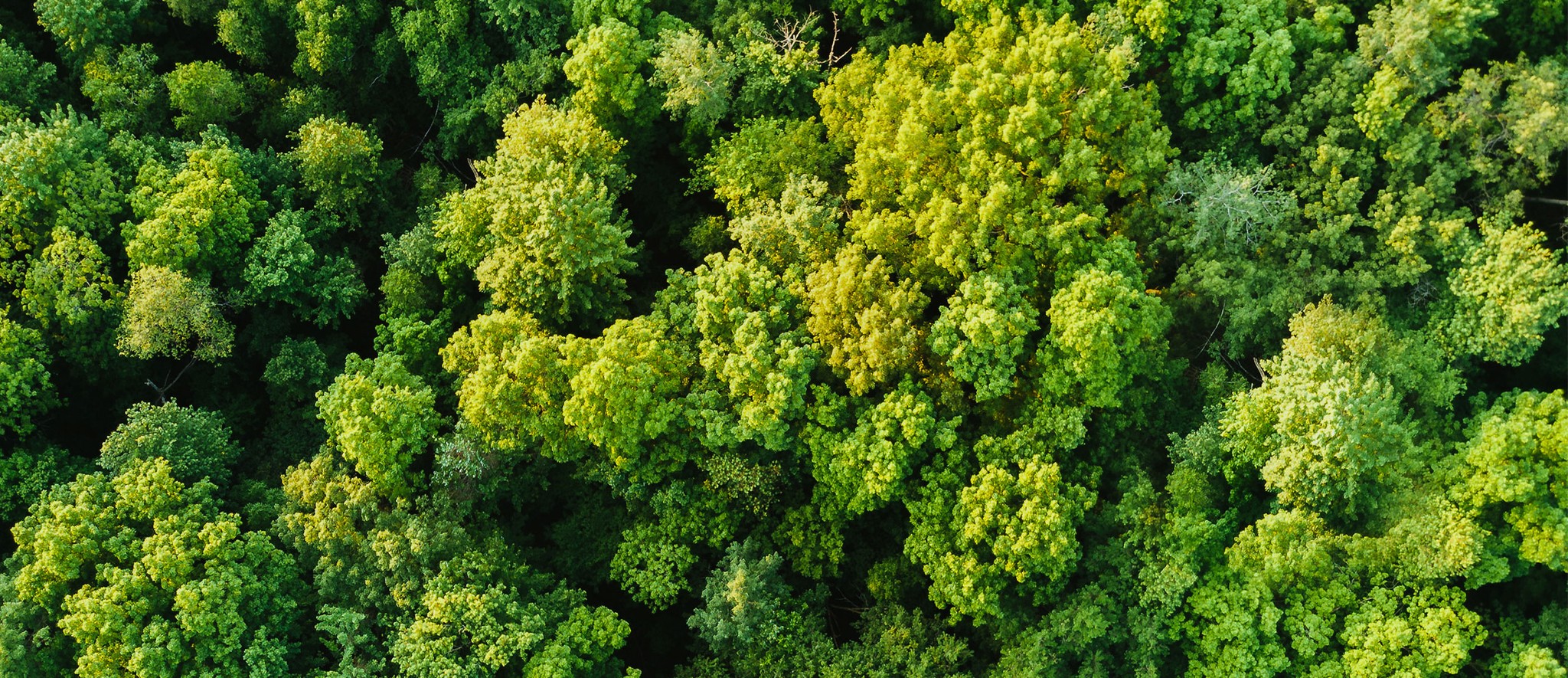What Is Companion Planting?

The concept of companion planting isn’t just for the vegetable patch. It very much exists between trees, influencing forest health and vitality. Trees thrive as part of a balanced community and prefer to grow in small clumps of the same species but intermixed with a diversity of other local, indigenous species.
This allows numerous above and below ground subtle interactions that enable trees to collaborate and positively influence forest ecosystem biodiversity and balance.

The Celtic ‘sacred trinity’ of trees
Oak, Ash, and Hawthorn have always been found growing together and seem to boost each other’s wellbeing. The growth pattern of these three species is a perfect balance: Ash being more of a pioneer, quickly reaching for the skies, while the Oak slowly fills out in the shade of the Ash and eventually dominates.
Meanwhile the Hawthorn busily shades the ground and creates a low level canopy and home for biodiversity, particularly small birds and butterflies.

The Dalmatian Coast trinity of trees
Along the Dalmatian coast there’s a traditional association between Olive, Almond, and Cherry trees. The Almond seemingly helps the Olives yield more oil and the Cherry helps with drought resistance.
This diversity and interaction formed over the eons offers great resilience and adaptability, partly through collaboration of species that’s just not found in fragile managed mono planting.





